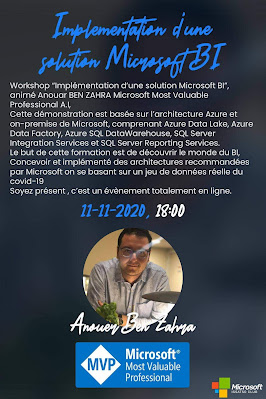How we choose the bot framework ? If i talk about Microsoft. Essentially we have a single bot, is built and later rolled out to multiple canvasses without any further customization. Currently, the platform supports many channels (such as Facebook Messenger, Slack, SMS, email, Web Chat) including Microsoft’s own premiers (like Skype, Cortana, Microsoft Teams, Bing, GroupMe). All settings are pre-configured on the Developer Portal with an easy-to-follow walkthrough about how to integrate the bot with the hosting applications. How we consume the bot framework ? Developers can connect directly from their client application, web chat controls or mobile apps throw Direct Line REST API tool of the bot Connector. This API makes it possible to empower existing applications and services with a conversational user interface. Microsoft has its own massive range of cloud-based Cognitive Services APIs with the power of machine learning and AI algorithms. ...







